-
 Bitcoin
Bitcoin $113200
1.54% -
 Ethereum
Ethereum $4368
1.43% -
 XRP
XRP $3.022
4.23% -
 Tether USDt
Tether USDt $0.0000
-0.01% -
 BNB
BNB $883.5
0.92% -
 Solana
Solana $219.5
5.29% -
 USDC
USDC $0.9997
-0.02% -
 Dogecoin
Dogecoin $0.2411
3.66% -
 Cardano
Cardano $0.8908
5.48% -
 TRON
TRON $0.3349
0.94% -
 Hyperliquid
Hyperliquid $54.50
8.93% -
 Chainlink
Chainlink $23.73
5.54% -
 Ethena USDe
Ethena USDe $1.001
-0.01% -
 Sui
Sui $3.602
5.47% -
 Stellar
Stellar $0.3861
5.90% -
 Bitcoin Cash
Bitcoin Cash $585.1
-1.13% -
 Avalanche
Avalanche $26.09
4.37% -
 Hedera
Hedera $0.2325
5.06% -
 UNUS SED LEO
UNUS SED LEO $9.549
-0.23% -
 Litecoin
Litecoin $114.2
1.13% -
 Cronos
Cronos $0.2502
-2.95% -
 Toncoin
Toncoin $3.134
1.24% -
 Shiba Inu
Shiba Inu $0.00001307
4.10% -
 Polkadot
Polkadot $4.148
3.50% -
 Uniswap
Uniswap $9.759
3.47% -
 Ethena
Ethena $0.8495
11.24% -
 World Liberty Financial
World Liberty Financial $0.2188
3.76% -
 Dai
Dai $0.9997
-0.03% -
 Monero
Monero $271.7
0.21% -
 Aave
Aave $309.2
2.95%
What is the market significance of the RSI crossing the 50-day moving average?
When RSI crosses above 50 and price is above the 50-day MA, it signals strong bullish momentum, often leading to sustained crypto rallies.
Sep 09, 2025 at 03:00 pm
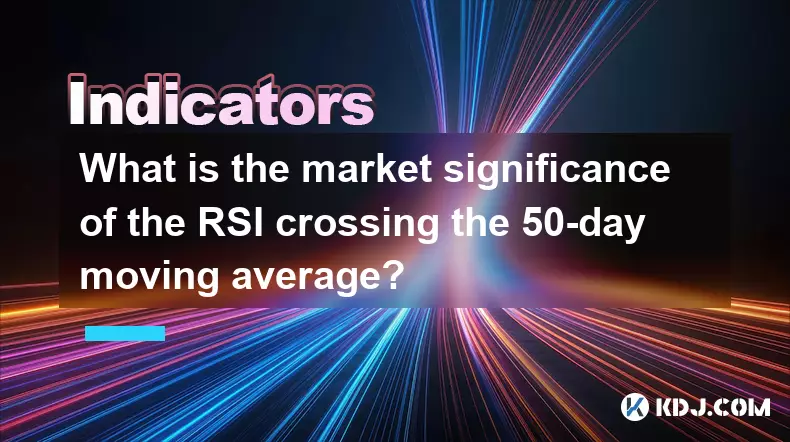
Understanding RSI and Moving Averages in Crypto Trading
1. The Relative Strength Index (RSI) is a momentum oscillator widely used in cryptocurrency markets to measure the speed and change of price movements. It fluctuates between 0 and 100, with readings above 70 typically indicating overbought conditions and below 30 suggesting oversold levels. Traders rely on RSI to anticipate potential reversals or continuations in asset prices.
2. The 50-day moving average (MA) represents the average closing price of an asset over the past 50 days. In fast-moving markets like cryptocurrencies, this indicator helps smooth out short-term volatility and provides a clearer view of the prevailing trend. When the current price is above the 50-day MA, it often signals bullish sentiment; when below, bearish tendencies may dominate.
3. While both indicators are powerful on their own, combining them enhances decision-making accuracy. One significant event occurs when the RSI crosses above or below its own 50-level midpoint, coinciding with price action relative to the 50-day MA. This confluence can highlight shifts in market psychology, especially during periods of consolidation or breakout.
4. In the context of digital assets, where sentiment and macroeconomic factors heavily influence price swings, such technical signals carry amplified weight. Cryptocurrencies like Bitcoin and Ethereum often exhibit strong momentum phases, making RSI and moving averages critical tools for identifying entry and exit points.
5. Institutional adoption has further validated the use of traditional technical analysis in crypto trading. As more hedge funds and trading desks incorporate these metrics into algorithmic strategies, the self-fulfilling nature of technical patterns strengthens, increasing the reliability of signals like RSI-MA crossovers.
Bullish Implications of RSI Crossing Above 50 with Price Over 50-Day MA
1. When the RSI moves above 50 while the asset’s price trades above the 50-day moving average, it suggests accelerating upward momentum. This alignment indicates that buying pressure is not only present but gaining strength, often preceding sustained rallies.
2. In altcoin markets, where volatility is extreme, this signal can precede sharp percentage gains within hours. For example, tokens like Solana or Avalanche have shown repeated instances where an RSI break above 50, coupled with a confirmed position over the 50-day MA, led to double-digit increases in the following days.
3. Volume confirmation during the crossover adds credibility. A surge in trading volume alongside the RSI crossing 50 reinforces the legitimacy of the move, reducing the likelihood of a false signal or pump-and-dump scenario.
4. Swing traders often use this setup to initiate long positions, setting stop-loss orders just below the 50-day MA to manage risk. The combination acts as a dynamic support zone, particularly in trending markets where pullbacks find demand near the average.
5. Automated trading bots are frequently programmed to detect this pattern, triggering buy orders once both conditions are met. The prevalence of algorithmic execution means that once the threshold is crossed, liquidity rushes in, amplifying price movement.
Interpreting Bearish Signals from RSI Below 50 with Price Under 50-Day MA
1. A drop in RSI below 50 concurrent with the price falling beneath the 50-day moving average signals weakening momentum and growing selling pressure. This dual confirmation often marks the beginning of a downtrend or deep correction phase.
2. During bear markets, such as those seen in 2022 across major cryptocurrencies, these signals appeared repeatedly before extended declines. Traders who heeded the warning were able to preserve capital by exiting positions or initiating shorts.
3. In low-liquidity altcoins, this pattern can trigger cascading sell-offs due to stop-loss activations and margin liquidations. Once the psychological barrier of the 50-day MA is breached, panic selling may ensue, especially if news or on-chain data supports negative sentiment.
4. Market makers and high-frequency traders adjust their quoting behavior when this condition forms, widening bid-ask spreads and reducing available liquidity. This makes re-entry more costly and increases slippage for retail participants.
5. Some traders use this configuration to time dollar-cost averaging entries, waiting for oversold RSI readings (below 30) after the initial breakdown to identify potential bottoming zones. However, caution is required, as early entries during strong downtrends can lead to significant drawdowns.
Frequently Asked Questions
What does it mean when RSI stays above 50 for an extended period?An RSI consistently above 50 indicates persistent buying momentum. In bull runs, this reflects strong investor confidence and accumulation. However, prolonged elevation without pullbacks may lead to overheating, increasing vulnerability to sharp corrections.
Can the 50-day MA be used effectively in highly volatile crypto markets?Yes, despite volatility, the 50-day MA remains a reliable trend filter. Its smoothing effect helps distinguish noise from genuine directional moves. Many professional traders combine it with volatility bands or volume profiles to improve accuracy.
Is RSI more effective on daily or hourly charts in crypto trading?RSI performs well across multiple timeframes. Daily charts provide stronger signals for positional trades, while hourly charts offer tactical insights for day traders. The key is aligning the timeframe with the trader’s strategy and risk tolerance.
Disclaimer:info@kdj.com
The information provided is not trading advice. kdj.com does not assume any responsibility for any investments made based on the information provided in this article. Cryptocurrencies are highly volatile and it is highly recommended that you invest with caution after thorough research!
If you believe that the content used on this website infringes your copyright, please contact us immediately (info@kdj.com) and we will delete it promptly.
- BlockSack Presale: Is the ROI Buzz Justified?
- 2025-09-10 00:30:12
- OpenSea, CryptoPunks, and the NFT Market: A New York Minute on Digital Art's Evolution
- 2025-09-10 00:30:12
- Kazakhstan's Crypto Play: A National Reserve and the Best Cryptos to Watch
- 2025-09-10 00:35:13
- Ripple, BBVA, and MiCA: A New Era for Crypto in Spain?
- 2025-09-10 00:35:13
- Gemini's Nasdaq Listing: IPO Buzz and Crypto's Mainstream Moment
- 2025-09-10 00:40:12
- USDT0 & X Layer: Unifying Stablecoin Liquidity for a Seamless Web3 Experience
- 2025-09-09 22:45:15
Related knowledge
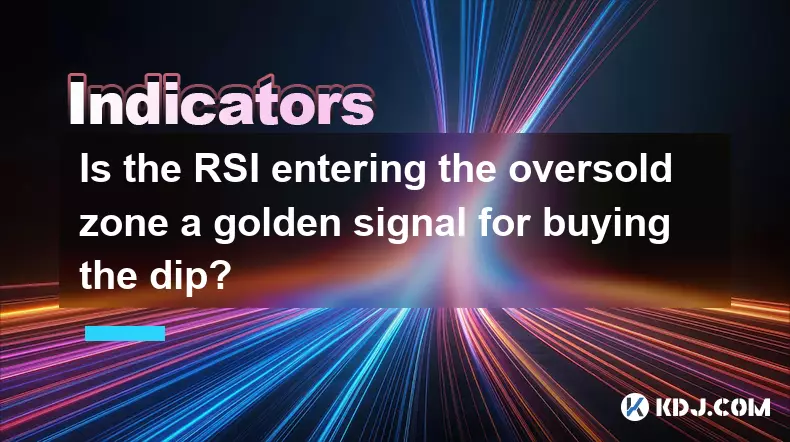
Is the RSI entering the oversold zone a golden signal for buying the dip?
Sep 09,2025 at 02:55pm
Understanding the RSI and Its Role in Crypto Trading1. The Relative Strength Index (RSI) is a momentum oscillator widely used in the cryptocurrency ma...
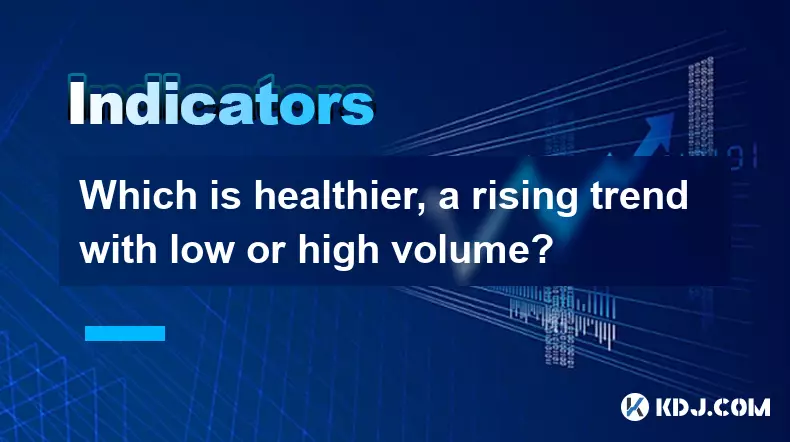
Which is healthier, a rising trend with low or high volume?
Sep 09,2025 at 04:00pm
Understanding Volume in Market Trends1. Volume serves as a critical indicator when analyzing the strength of a rising trend in cryptocurrency markets....
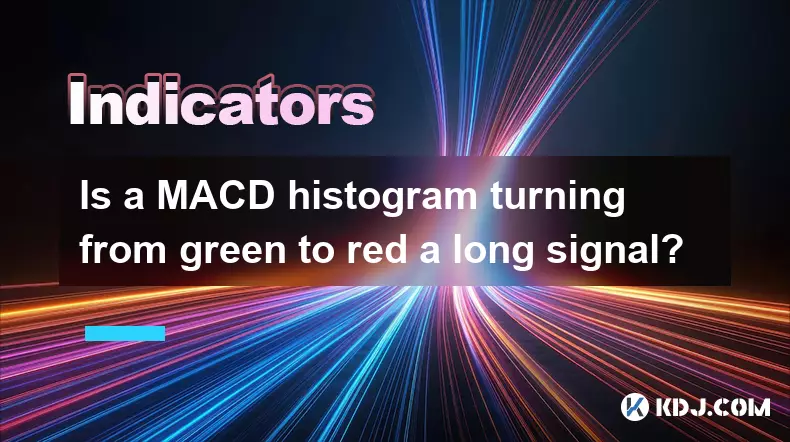
Is a MACD histogram turning from green to red a long signal?
Sep 09,2025 at 01:54pm
Understanding the MACD Histogram in Crypto Trading1. The MACD (Moving Average Convergence Divergence) histogram is a visual representation of the diff...
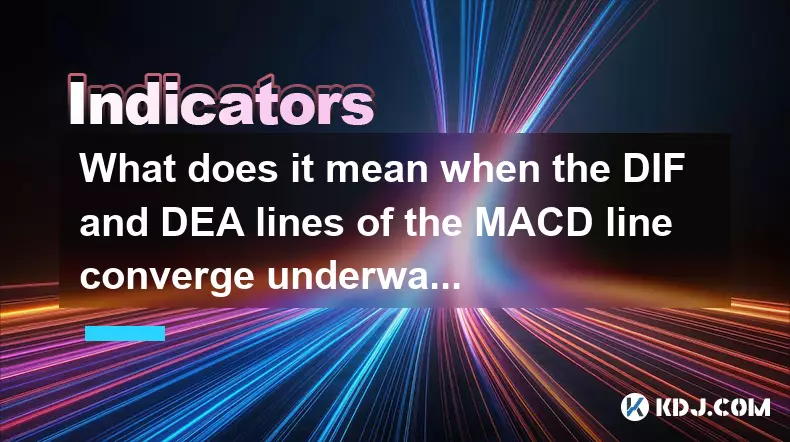
What does it mean when the DIF and DEA lines of the MACD line converge underwater?
Sep 09,2025 at 07:55am
Understanding MACD Components in Bearish Territory1. The MACD indicator consists of three elements: the DIF (Difference), DEA (Signal line), and the M...
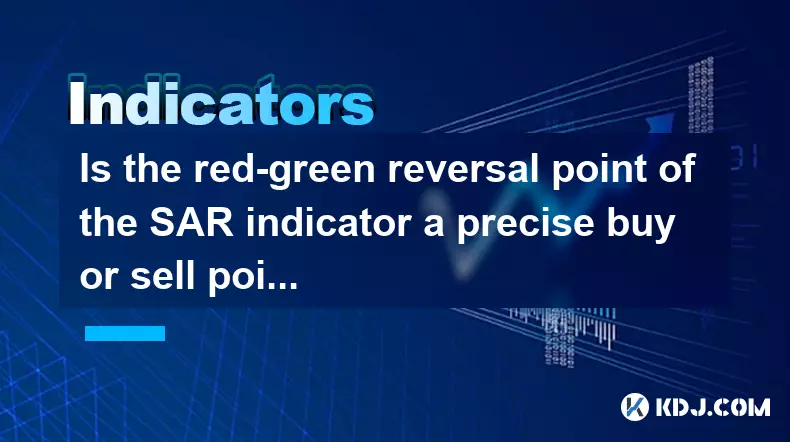
Is the red-green reversal point of the SAR indicator a precise buy or sell point?
Sep 09,2025 at 11:18am
Understanding the SAR Indicator in Cryptocurrency TradingThe SAR (Stop and Reverse) indicator, developed by J. Welles Wilder Jr., is a popular tool us...
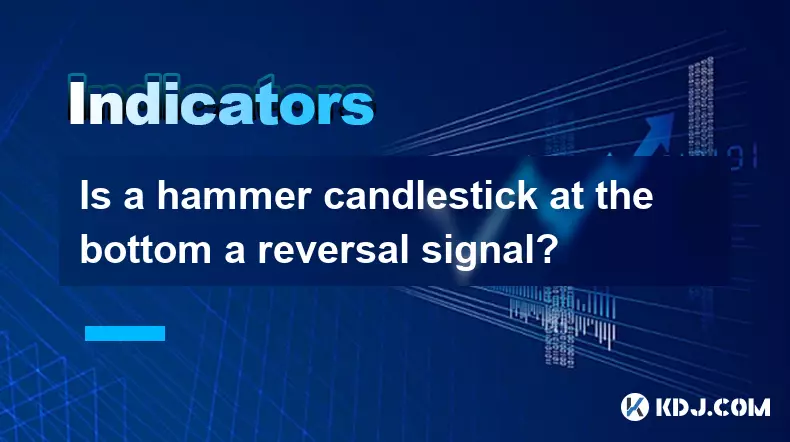
Is a hammer candlestick at the bottom a reversal signal?
Sep 10,2025 at 01:01am
Understanding the Hammer Candlestick Pattern1. The hammer candlestick is a single-candle formation that typically appears at the end of a downtrend. I...

Is the RSI entering the oversold zone a golden signal for buying the dip?
Sep 09,2025 at 02:55pm
Understanding the RSI and Its Role in Crypto Trading1. The Relative Strength Index (RSI) is a momentum oscillator widely used in the cryptocurrency ma...

Which is healthier, a rising trend with low or high volume?
Sep 09,2025 at 04:00pm
Understanding Volume in Market Trends1. Volume serves as a critical indicator when analyzing the strength of a rising trend in cryptocurrency markets....

Is a MACD histogram turning from green to red a long signal?
Sep 09,2025 at 01:54pm
Understanding the MACD Histogram in Crypto Trading1. The MACD (Moving Average Convergence Divergence) histogram is a visual representation of the diff...

What does it mean when the DIF and DEA lines of the MACD line converge underwater?
Sep 09,2025 at 07:55am
Understanding MACD Components in Bearish Territory1. The MACD indicator consists of three elements: the DIF (Difference), DEA (Signal line), and the M...

Is the red-green reversal point of the SAR indicator a precise buy or sell point?
Sep 09,2025 at 11:18am
Understanding the SAR Indicator in Cryptocurrency TradingThe SAR (Stop and Reverse) indicator, developed by J. Welles Wilder Jr., is a popular tool us...

Is a hammer candlestick at the bottom a reversal signal?
Sep 10,2025 at 01:01am
Understanding the Hammer Candlestick Pattern1. The hammer candlestick is a single-candle formation that typically appears at the end of a downtrend. I...
See all articles
























































































